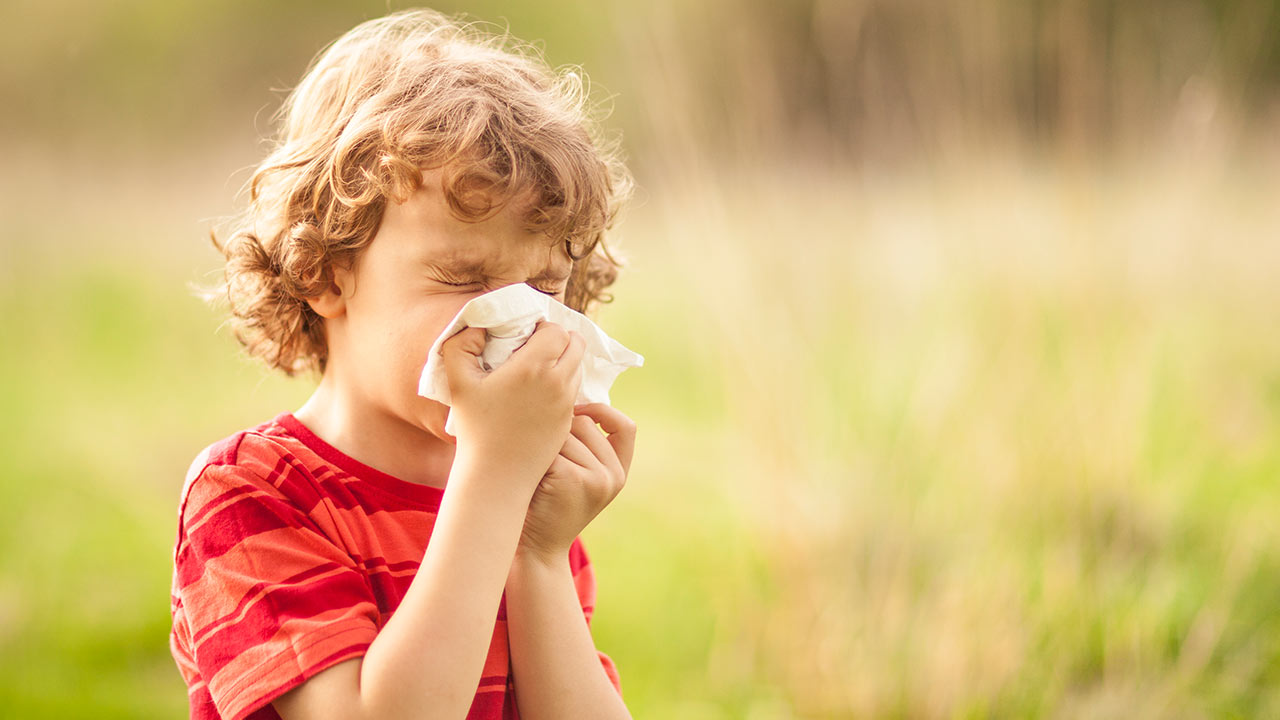
DiYES International School – Rhinosinusitis in children is a common condition that involves both the nasal passages and sinuses. It occurs when these areas become inflamed due to infection or irritation. This condition is often linked with colds, allergies, or bacterial infections. Parents need to understand the causes, symptoms, and available treatments to manage rhinosinusitis effectively in their children. By recognizing the early signs, proper treatment can help relieve discomfort and prevent complications.
The primary cause of rhinosinusitis is an infection in the nasal passages or sinuses. Viral infections are the most common cause of rhinosinusitis. They can be triggered by the common cold. Bacterial infections may also contribute to the condition, especially when a viral infection worsens. Allergies can irritate the sinuses and make them more prone to infection. Environmental factors, such as exposure to smoke or pollution, can also increase the risk of developing rhinosinusitis in children.
In some cases, structural issues in the nasal passages, such as a deviated septum, can contribute to sinus problems. These structural issues may lead to frequent blockages and infections. A child’s immune system also plays a role in the development of rhinosinusitis. Children with weaker immune systems may be more susceptible to infections, making them more likely to develop sinusitis.
“Read about: Understanding Eruption Cysts in Children: Causes and Treatments”
The symptoms of rhinosinusitis can vary depending on the severity of the condition. Common symptoms include nasal congestion, runny nose, and post-nasal drip. Children may experience difficulty breathing through their nose, and they may frequently breathe through their mouth. Other symptoms include facial pain or pressure, especially around the eyes, cheeks, and forehead. A child may complain of a headache or a sore throat as well.
Fever is another common symptom of rhinosinusitis, especially in cases caused by bacterial infections. Coughing, often worse at night, is also frequently observed in children with rhinosinusitis. In severe cases, children may develop a loss of appetite and irritability. These symptoms can last for several days, and if left untreated, they may worsen over time.
It’s important to monitor these symptoms and seek medical attention if they persist for more than 10 days or if they worsen instead of improving. A healthcare provider can help determine whether the condition is viral or bacterial and recommend the appropriate treatment.
“Read more: The Importance of Early Diagnosis for Amblyopia in Children”
Treatment for rhinosinusitis depends on the underlying cause of the infection. In many cases, rhinosinusitis is caused by a viral infection, which typically resolves on its own. In these cases, supportive care is usually recommended. This may include using saline nasal sprays to relieve congestion, offering plenty of fluids to prevent dehydration, and using a humidifier to moisten the air. Over-the-counter pain relievers, such as acetaminophen, can help manage pain and fever.
If the rhinosinusitis is caused by a bacterial infection, a doctor may prescribe antibiotics. However, antibiotics are only effective for bacterial infections and are not helpful for viral infections. It is important for parents to follow the doctor’s instructions carefully when giving antibiotics to ensure the infection is fully treated and to avoid antibiotic resistance.
In cases where rhinosinusitis is caused by allergies, antihistamines or corticosteroid nasal sprays may be recommended to reduce inflammation. For children with chronic or recurrent rhinosinusitis, further treatment options may be necessary. In some cases, surgery may be needed to correct underlying structural problems or to remove blockages in the sinuses.
Prevention of rhinosinusitis in children often involves managing the underlying causes and reducing the risk of infections. Encouraging regular hand washing can help reduce the spread of viral infections. Keeping children away from individuals who have colds or other respiratory illnesses is also important in preventing rhinosinusitis.
For children with allergies, avoiding triggers such as dust, pollen, or pet dander can help reduce the risk of rhinosinusitis. Additionally, maintaining a clean environment and using air purifiers can help reduce allergens in the home. For children with structural issues in their nasal passages, treatment options such as surgery or other interventions may be considered to prevent chronic infections.